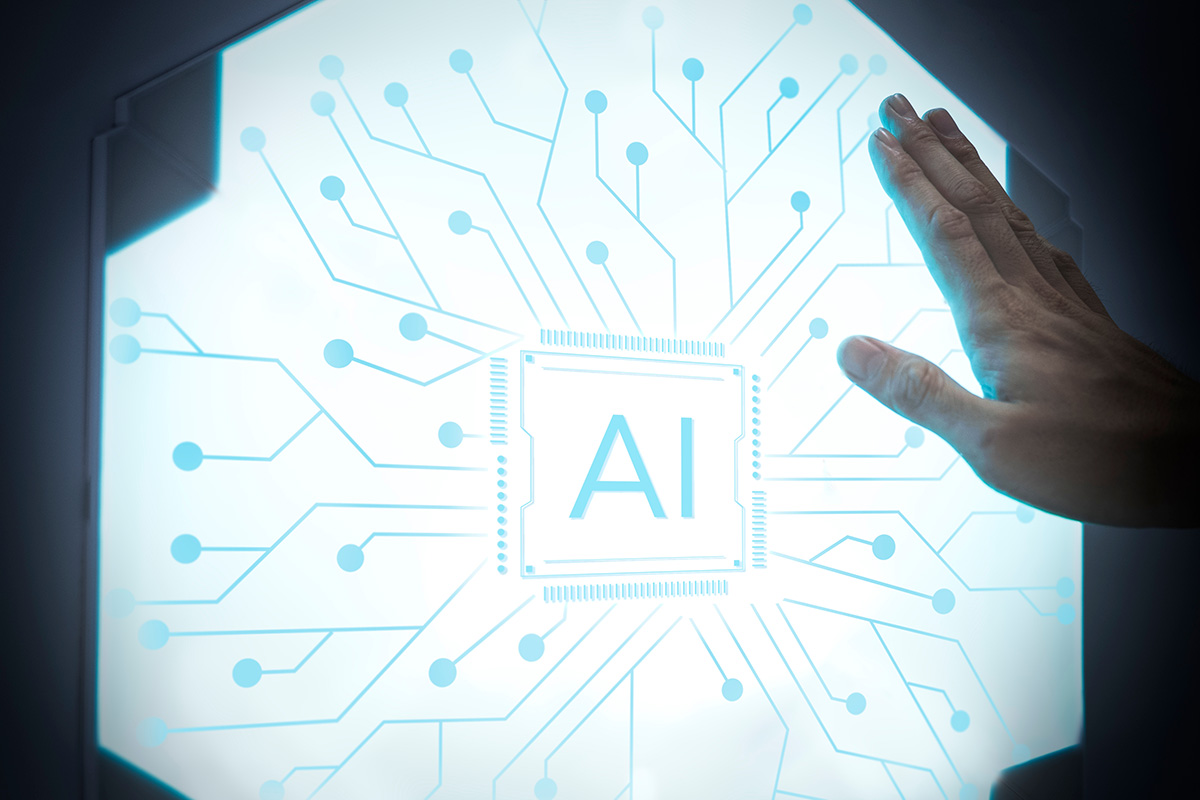Key information:
Production management – a complex matter that depends on many dynamic variables.
Managing production today is not an easy task. . The difficulties are mainly related to managing the very uncertain delivery dates of individual components and planning the working time in such a way as to ensure the most effective use of the production infrastructure (i.e. concentrating the production process so that heating, lighting, and working times are as short as possible in relation to the scheduled tasks).
As a result, modern production management systems need to be interdisciplinary, extending beyond the production process itself to include production logistics, human resource planning, and quality control. . In addition to numerous production-related functions, the system we are developing together with the scientists from the Poznań University of Technology is going to be intelligent and capable of learning. This ability to learn is achieved thanks to the continuous analysis of large amounts of historical data (Big Data) that will populate the database, coming from the organizations where the system will be implemented. This data is used to create a faithful copy of a production hall, known as a digital twin. Experience and lessons learned from historical data analysis will be continuously cross-referenced with industry standards and best practices to continuously identify opportunities to improve production efficiency.
Automatic identification (Auto-ID) technologies in production management.
One important aspect of modern production management is the control of events in the production hall as they occur. What makes this control possible is the use of barcode technology and the so-called machine vision. Barcodes enable accurate tracking of production in progress, reporting on subsequent production stages, as well as verification of times and progress. Machine vision, i.e. image analysis to control the quality of production processes, is also a part of modern identification technologies that send data directly from production cells or lines to the production management system.



